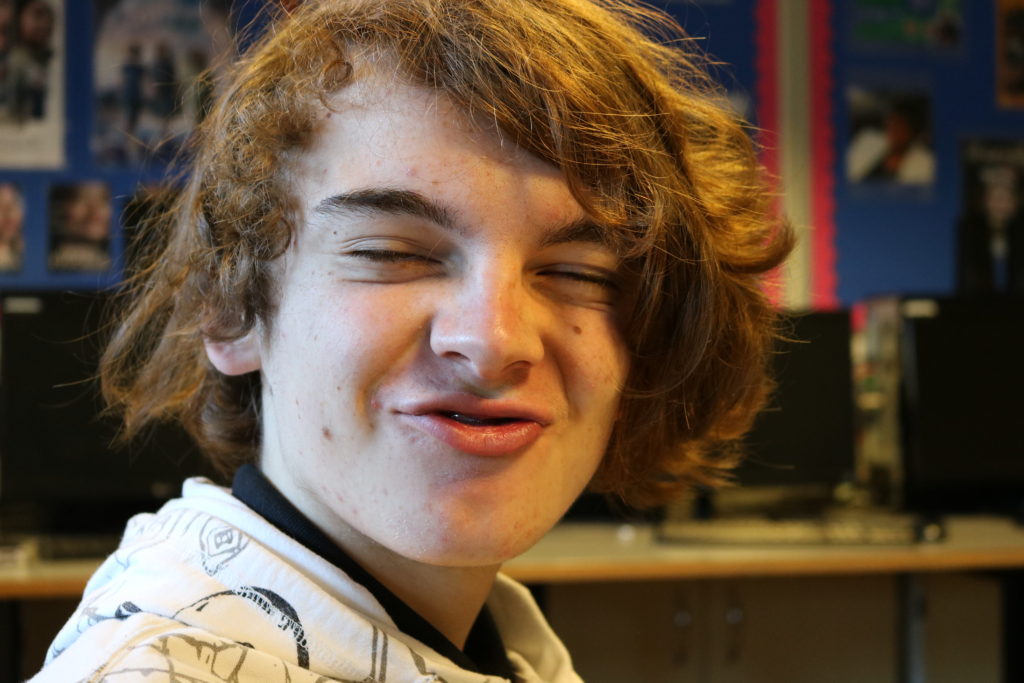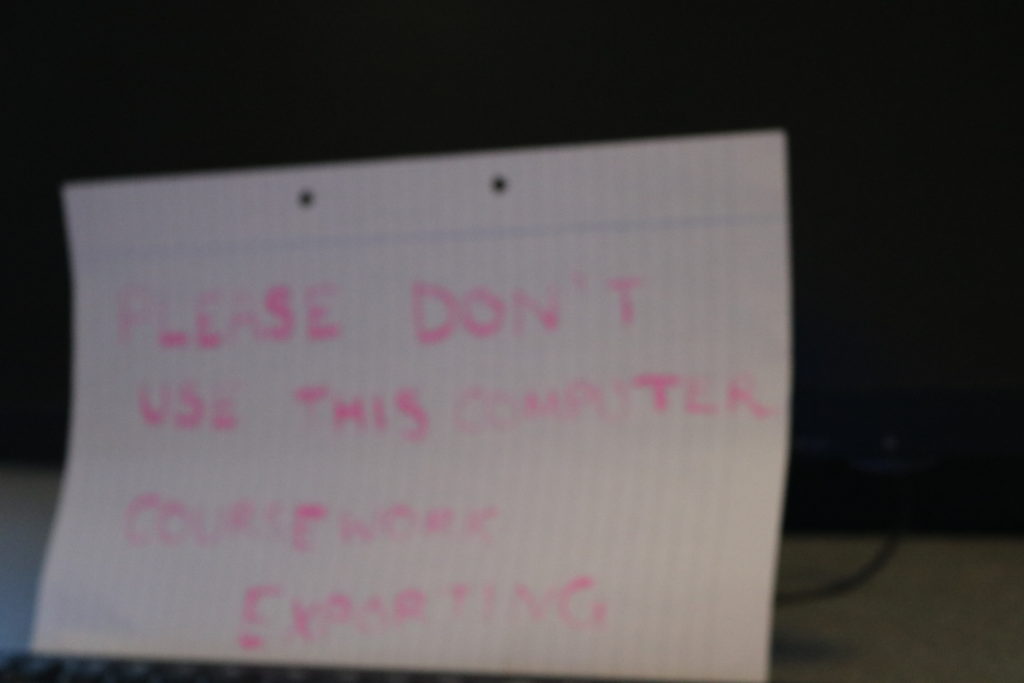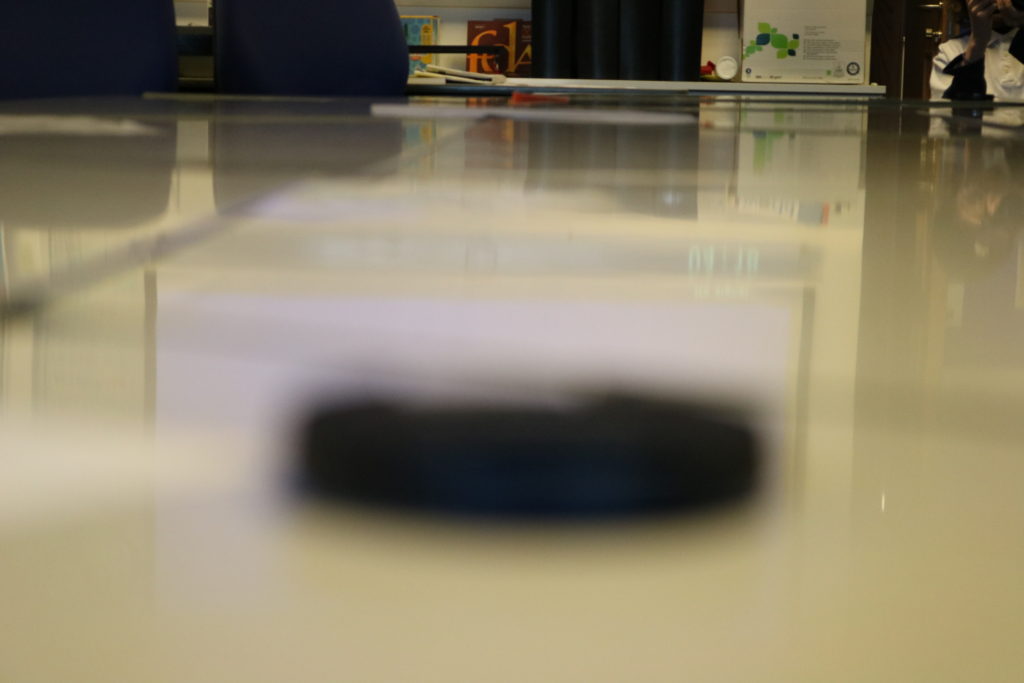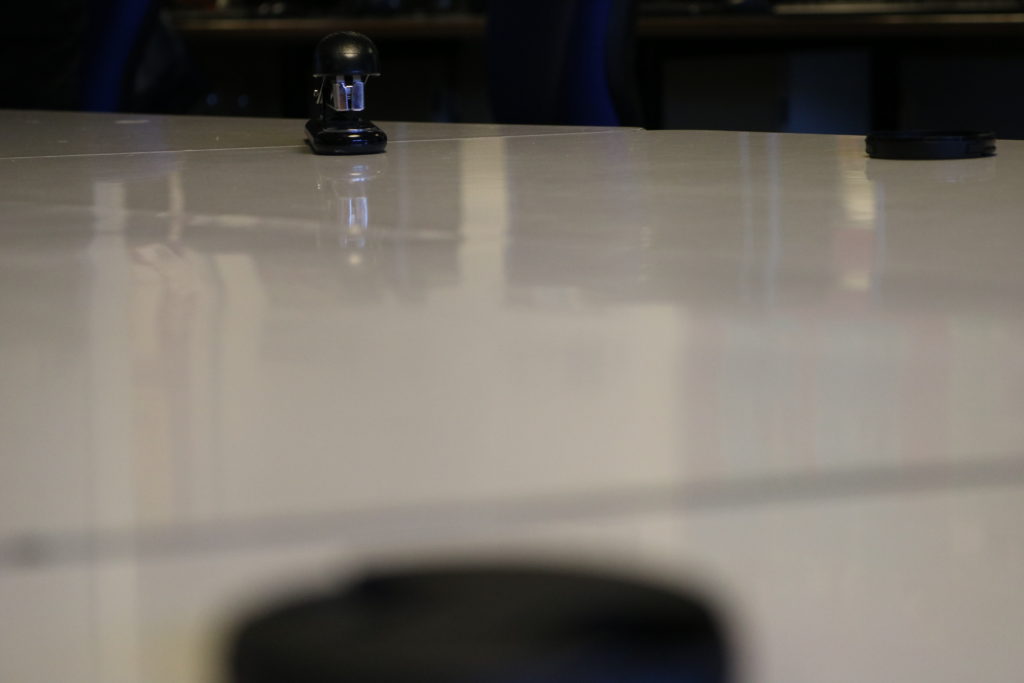- Around 60 seconds long
- Plot: The clip will be someone sitting in a chair in a room, book in their lap, a drink in their hand. The camera will slowly zoom into the man’s face as he talks past the camera, he’ll be telling someone behind the camera about how . Then near the end, someone will burst into the room
All posts by Joshua Du Val
Filters
Role 2 Editing – Killer (No Sound)
Comparative Study
The films i’ll be comparing are:
‘Scott Pilgrim vs. The World’ (Edgar Wright, 2010) and ‘Strike’ (Sergei Eisenstein, 1925)
I’ll Be looking at the Editing in both of these films, and how Edgar Wright has been influenced by Sergei Einstein.


Forest Run: Test Shots
Film Studies Banner

Shot, Reverse Shot Example
Camera Lesson
Establishing shot/Master Shot:
The first shot of a scene, showing the audience a wide, far away shot, i order to let them know where the scene is taking place.
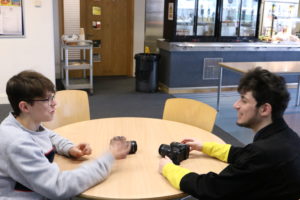
The 180 Degrees rule:
The idea that the same character should always be looking in the same direction during a conversation.
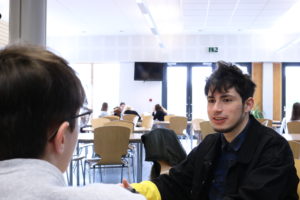
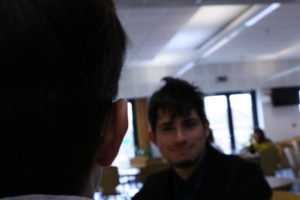
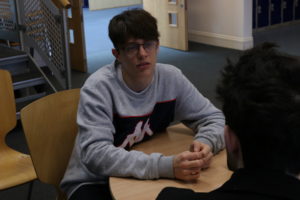
Film An Odessy: Questions 3
- Cousins says that one of the leading directors for French impressionist cinema was Able Gance. One such film he made was ‘Napoléon’ or the offical title, ‘Napoléon vu par Able Gance’ which was a silent film about the French ruler Napoléon Bonaparte. In this film, Gance uses revolutionary filming techniques, such as strapping a camera to the side of a horse while it’s riding into battle, in order to give the audience the feeling that they’re in the action with the characters in the film. This was one of the first times the world saw what’s now known as a Phantom Ride, or at least it’s pretty close to being one.
- One of the famous Surreal directors was Salvador Dali, who made films such as ‘Un Chien Andalou’, which was a film with no connecting plot and random cuts to random actions. Such as, in the first minuet of the film, a woman random gets her eye cut open with a razor blade. As well as that, another director was Joseph Cornell.
Film An Odessy: Questions 2
Buster Keaton, Charlie Chaplin and Harold Lloyd were film directors who helped develop the way we use film. For instance, they devolved the use of physical gags, which were perfect for silent films. These films were able to be spread world wide without the need of translation. Keaton preferred to look into how cameras worked when it came to films, while Chaplin focused in on improvisation and performance, and Lloyd always took stunts too far and preformed the more dangerous acts.
A example of each of their films are:
- Buster Keaton – The Camera Man – 1928
- Charlie Chaplin – The Tramp – 1915
- Harold Lloyd – Safety Last – 1923
The Italian version of Charlie Chaplin was called Toto, while the French version of Chaplin was called Jacques Tati.

